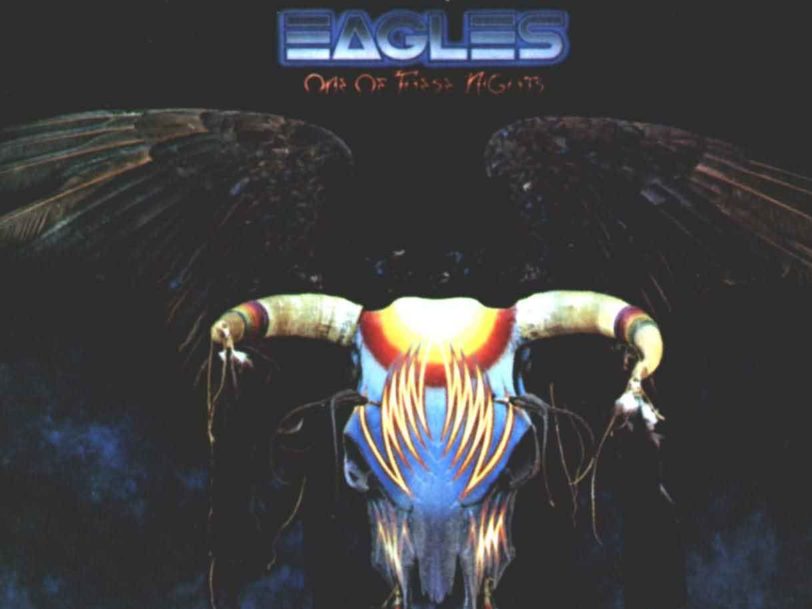Eagles’ fourth album, One Of These Nights, sold four million copies and earned a Grammy nomination for Album Of The Year. “We wanted to get away from the ballad syndrome,” singer and drummer Don Henley said at the time. “With Don Felder in the band now, we can really rock. He’s made us nastier and did a great guitar solo on the single.”
Listen to One Of These Nights here.
“It is my favourite Eagles record”
The original band, formed in 1971, was comprised of Henley, Glenn Frey, Randy Meisner and Bernie Leadon, who left the band after the tour in support of One Of These Nights. Felder had been working with Eagles since January 1974, when he was brought in to play slide guitar as a session musician on that year’s On The Border, and was soon invited to join the band full time. He also sang lead vocals on One Of These Nights’ Visions.
Frey believed that the album’s title track, another hit he wrote with Henley, was “a breakthrough” that still stands among the best Eagles songs, because it moved the band towards a rock-based, edgier sound. Felder’s stirring guitar work, combined with Henley’s smooth vocals, which rise to a falsetto near the end of the song, earned Eagles another No.1 hit.




